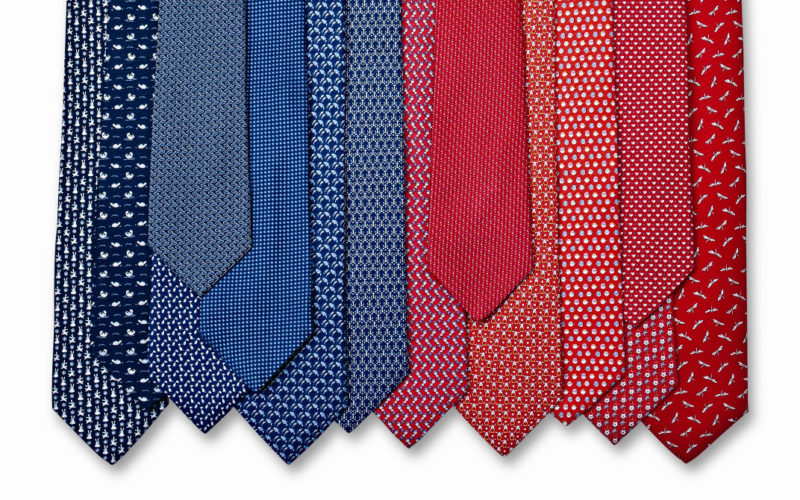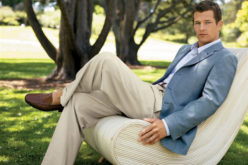Q. Why do I need to wear a necktie? This seems like an idea that was born and should have died last century!
A. A necktie adds a certain seriousness and polish to a man’s appearance. As you surely noticed during the recent elections, most male candidates appeared wearing a suit and tie, often even when those around them were more casually dressed. And I doubt that many people can recall ever seeing a courtroom scene where the accused was not wearing a tie to show what an upstanding citizen he was.
Besides projecting oneself as solid and serious, another reason for wearing a tie is it’s the one piece of clothing that expresses so much about a man’s background, tastes, and personality. It is instantly recognized by others with similar backgrounds and interests. The tie a man wears can project the industry he works in, the school he went to, as well as the respect he has for the occasion and for the others he will be with.
Time was, not so long ago, when rules about when and where to wear a tie were quite clear-cut. Most better restaurants and businesses required a man to wear a tie. An evening at the theater, a cocktail party, or when dressed for an interview were no brainers: everyone wore a tie except for such truly casual events as a ball game, a barbecue, or dinner at a pizza restaurant.
The rules about wearing ties have obviously changed in recent years, and not just because of Covid. Men who consider themselves well dressed don’t always wear ties to restaurants and the theater. There still are some restaurants that require ties (and jackets), but those are not the places most people go, even for elegant evenings. Starting in the early 2000s, even most cruise ships gave up trying to require ties in their dining rooms. And, if you watch Shark Tank, you will see that Kevin O’Leary and Robert Herjavec usually wear ties, but Daymond John and Mark Cuban, also billionaire entrepreneurs, do not.
All that being said, there still are times when ties are expected, such as most (but not all) job interviews, some types of jobs, and certain types of events. Some men just prefer the way they look in a tie and like the opportunity a tie gives them to express themselves.
As these neck pieces became more elaborate and more expensive, they reached the level of an item of fashion. Then in the 1800s, the famous dandy Beau Brummel took it even further. He elevated the tying of a tie from fashion to a form of art. History tells us that he would actually spend several hours perfecting the knotting of his tie to get it exactly right. It became acceptable for a man to devote time and energy to improving his knot-tying skills. Tying a perfect knot was considered a way for him to distinguish himself from other less skilled men of his acquaintance. A fashion manual of the day described 32 different ways to knot a tie; many of them were quite complicated. A man could lose his standing as a gentleman if he did not know how to knot his cravat properly.
While I would not go that far, still, I do often find myself noticing that a man I see wearing a tie would look so much more polished if he had taken the extra two seconds it takes to put a dimple in it.
Please send your men’s dress and grooming questions to MALE CALL: Lois.Fenton@prodigy.net









